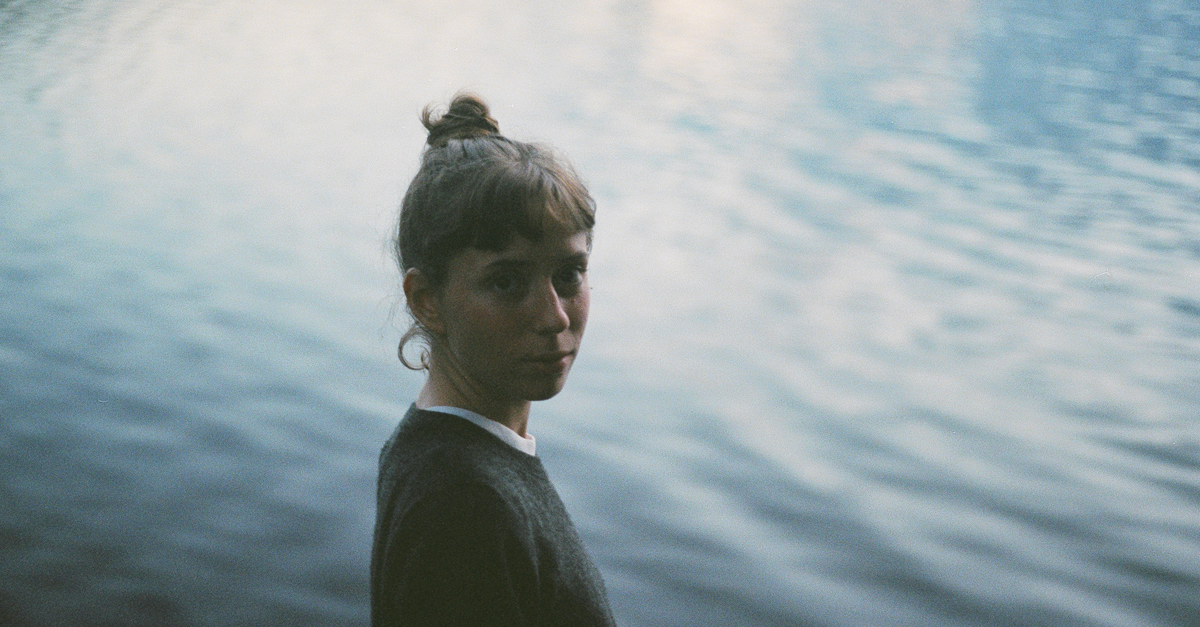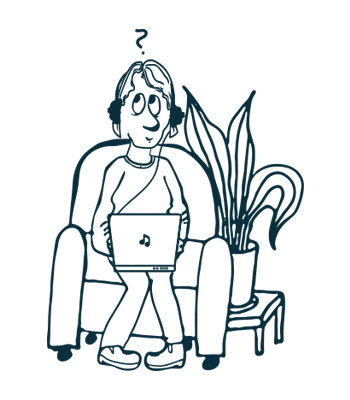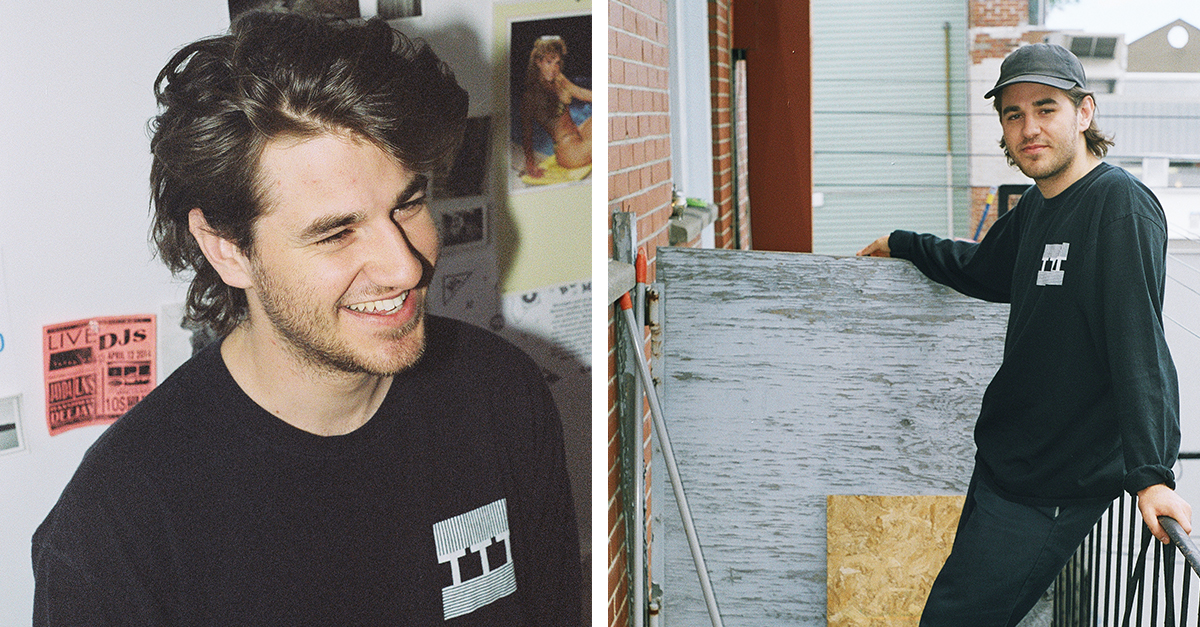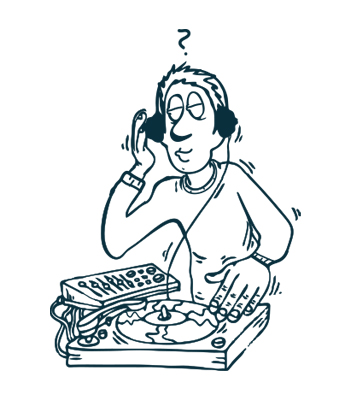As making music has gradually grown to become not just about creation but also about interaction, the line between DJing and Producing has become increasingly blurred, and finding success now often requires that an producer move beyond the confines of a studio and engage with an audience.
__________________________________
Guest Post by Scott Parsons on Landr
The line between DJs and Producers is pretty blurry these days.
Being successful with music means moving beyond the confines of your studio and engaging with a community—It means pushing your sound beyond your bubble.
It’s a huge reason why DJing and Producing have become so synonymous—music has become equal parts creation and interaction.
But the path from the studio to a live setting is a two way street. Learning from hearing your music outside of a controlled setting and taking that knowledge back to the studio is a valuable exercise.
Producer To DJ And Back Again
Montreal based producers (and DJs) Gene Tellem and Project Pablo both let their live performances influence their studio productions whenever possible.
In fact, their philosophies towards producing and DJing are so intertwined it’s hard to pinpoint where one ends and the other begins.
We tracked them down to talk about how playing live influences their studio-time and why thinking like a DJ in the studio is a strategy that any smart producer would be wise to apply to their own productions.
Gene Tellem

How does DJing inform the music you produce?
The music that I’m working on often comes from moments that I experienced while DJing. Understanding that special centre of gravity that pulls the rhythms, melodies, dancing and feelings together is very useful while producing in the studio.
The more I listen and play, the better I get at knowing what I’m really looking for in my own productions. It makes producing much more natural afterwards.
I’m also learning a lot about the importance of delivery. The creativity behind DJing is the same creativity behind arranging a track. The challenge is figuring out how to bring different people together with the same sounds and having it understood, appreciated and enjoyed.
“The more I listen and play, the better I get at knowing what I’m really looking for in my own productions. It makes producing much more natural afterwards.”
Do you think about how frequencies might interact in a larger room while you’re making new music?
Every time I go out to dance or to DJ, there’s always a lesson to be learned about music and sound. The fact that I’ve mostly been playing out and creating experiences in relatively small venues affects the way I think about music. That’s why I feel like the type of house I’ve been producing these past years often feels intimate.
Certain genres of music have been established around the spaces they needed to fill. I can’t escape the influence of the places I enjoy going to.
“Every time I go out to dance or to DJ, there’s always a lesson to be learned about music and sound.”
So production wise, I try to work on nuances, respecting dynamics – this is where rhythms become captivating. Thinking about how sound travels is considering how people are going to respond to the music as well.
Do you test your own production in a live setting? If so, how does it inform your final mixes?
It helps me figure out how a song occupies the space, if it feels overloaded, or if my intentions in the track are clear.
I’m far from being a sound engineer, and I often don’t allow myself to boost the volume at home, so playing out my own tracks is a satisfying and telling experience. I quickly realize what I had right and what I need to work on.
“I’m far from being a sound engineer, and I often don’t allow myself to boost the volume at home, so playing my own tracks live is a satisfying and telling experience.”
When you’re working on your own productions, do you consider how they will interact with a 3 band or 4 band EQ on a typical DJ mixer?
I don’t consider any particular mixer, but by playing on various equipment, I learn more about the placement of things.
In production, considering this natural structure of sound leads to the best results on any gear that’s used for playing back the music.

Is there specific frequencies you avoid because of how they sound while DJing?
It always depends on the sound system, or the function of the room. Certain styles of music are more appropriate for a certain type of room. There are times when you show up at a spot and there is absolutely no low-end, the music then has to fill in what works best with what’s available.
An empty room is the most difficult challenge, and leads to the most drastic decisions in selection. But once a room is packed, you’ve got a lot of bodies to work with.
“An empty room is the most difficult challenge, and leads to the most drastic decisions in selection. But once a room is packed, you’ve got a lot of bodies to work with.”
Is there specific frequencies you reach for in the studio because you know their effect on the crowd?
I don’t feel that there’s a specific magic frequency that will always work in any scenario. But I have to say that in my experiences, the human voice is the most powerful sound.
Playing a song with strong vocals at the right time in the night creates a drive and brings people together as a whole. After all, the human voice is made for communicating.
“I don’t feel that there’s a specific magic frequency that will always work in any scenario. But I have to say that in my experiences, the human voice is the most powerful sound.”
Do you ever hear interesting overlaps between two songs when you’re blending that you then apply to your own productions later?
The pleasure in blending songs is that you’re creating conversations between two different entities. Often, by making two different people talk to each other, interesting ideas or conflicts emerge.
Those dialogs influence what I’m personally trying to communicate in music. The outcome will in some way have an effect on the sounds that I’m searching for when writing.
Project Pablo

How does playing and hearing your tracks outside of the studio help to inform your production and mixing decisions?
DJing, on the most basic level, is listening to your own music, or music in general, in a room. So there’s a huge benefit to hearing how certain frequencies react in different rooms—whether it’s cement, steel, brick, wood; or a small room vs. a big room.
It teaches you a lot about the space you want your sound to occupy. It tells you how harsh a frequency might seem on a bigger system or live space. And it tells you what parts of your tracks you don’t want to leave 100% listenable…
Maybe you want to leave a certain stand out frequency in a track because it reacted well in a bigger room—like leaving something a bit harsh in the mix to create that reaction again the next time you play it.
What is the benefit of referencing your mix in the studio versus hearing it elsewhere?
In order to really hear your music, you have to hear it in other spaces besides your studio or even on a shitty sound system once in awhile.
Headphones and monitors in a treated space are very controlled scenarios. Music reacts to the space that it’s in. Good production and mixing takes all rooms into account. A better mix means hearing it outside of controlled environments like your studio.
“Music reacts to the space that it’s in. Good production and mixing takes all rooms into account.”
People in a space comes into play too. A track might sound good in a small space with modest amount of people but not sound so good in a huge space that’s packed. These are all things to consider while you’re producing. It can make the difference between selecting a certain sound over another or applying one process over others.
Can you talk a little bit about how frequencies behave in a live setting?
Frequency range and dynamics are a huge part of music in a live setting. For example, hi-hats that are slammed with compression are super harsh in the high frequency range. So they’re really hard to mix and blend with other tracks that have a lot of information in those frequencies as well.
Of course you can EQ around that in a DJ setting, but having some dynamic range that unfolds over time makes for a more interesting production. Maybe you keep it super compressed in one part but not in another rather than slapping a compressor with the same settings on the whole track. It let’s it breath a little bit.
“Dynamic range that unfolds over time makes for a more interesting production.”
This technique works especially well at the beginning and end of a track because it makes tracks easier to work with when blending.
So you approach processing and effects as elements that unfold over time the same way you’d approach arranging and progressions?
Arrangement is only part of making your track interesting. Compression, EQs and other processes can make your track more interesting over time as well. Certain frequencies are very fatiguing if you hear them over and over.
“Anything that takes you out of the comfort zone is a plus when it comes to getting the best possible mix.”
So you could take a pattern that repeats—like hi-hats for example—and adjust the dynamic range for each hit to make it more interesting and less fatiguing to the ear—so you use that varying range to make it less repetitive even though it may seem like you’re still hearing the same sound.
But these are only things you end up hearing when you blend two tracks together or when you’re mixing something in a big space, but they make a huge difference. Playing tracks in spaces other than your studio teaches you these things about your own productions. It’s a whole new way to find out about your tracks and how they behave.
You briefly mentioned live EQing when your DJing, could you talk a bit more about how that can translate to studio techniques?
Yeah, I mean using EQ to build intensity is a pretty common DJing technique that can be applied to producing music in the studio as well.
For example, on a track that I was just working on, for the first minute and a half the kick drum has most of the low-end rolled off so it’s pretty weak. Then slowly the low-end kind of ‘sneaks’ in and all of a sudden the kick becomes super present. Which is something you’d do while you’re DJing as well—cut the low for a bit and leave everyone wanting it.
“The low-end kind of ‘sneaks’ in and all of a sudden the kick becomes super present.”
So elements from DJing are really easy to fold into the actual production of a track in the studio. Little tricks like that build anticipation. When things aren’t full frequency you give the listener a break from certain areas of the spectrum.

So when that specific frequency comes back in it’s an emotional experience. The listener was actually missing that part of a track without knowing it. You forgot that frequency existed for a second. Something as simple as bringing a certain frequency back in becomes powerful and surprising.
“When that specific frequency comes back in it’s an emotional experience.”
So are you always testing your unfinished tracks in a DJ setting to see if your choices are having the desired effect?
If I’m working on a track and I’m playing soon I’ll often bounce it before it’s finished and play it out. It tells you a lot about how a track is going to sound when it’s done. Sometimes I’ll think, “oh that part sounds awful in this room,” so I’ll blend it with a track I know will sound good and see how they interact with each other to figure what I have to fix when I’m back in the studio.
If you compare your own track to a track that you know and love and play all the time you’ll find out what’s wrong with your track pretty quickly. It’s almost like live mix referencing.
Have you ever thought one of your tracks was really bad, but after playing it for a crowd you realize it’s much better than you suspected?
Yeah of course, sometimes you play one of your own tracks and you think a certain part was way too loud before you play it. But then you put it on and the crowd reacts in a really positive way, that gives me all the assurance I need that the track is mixed right.
“If you can put yourself in any situation that’s outside of a controlled environment like a studio it’s super beneficial. Anything that takes you out of the comfort zone is a plus when it comes to getting the best possible mix.”
Sometimes I’ll even go back to my mix and enhance certain parts that had a positive effect on a crowd before the final mix down.
If you can put yourself in any situation that’s outside of a controlled environment like a studio it’s super beneficial. Anything that takes you out of the comfort zone is a plus when it comes to getting the best possible mix.
Applying The External
Sound is always a product of where it’s being played.
Getting outside of your studio and leaving the “controlled scenario” behind is essential for learning about your productions.
So get your sound out in the world, learn from what you hear and take it back to the studio…
And maybe even move some bodies while you’re at it!